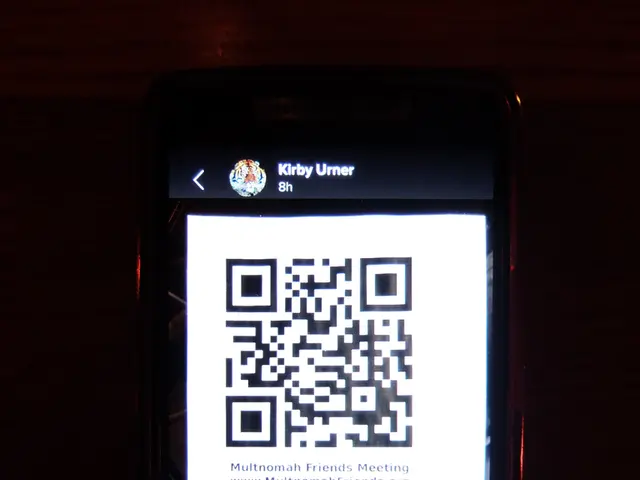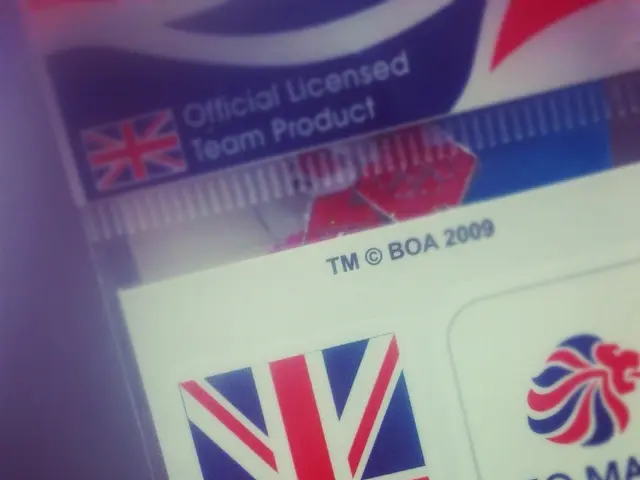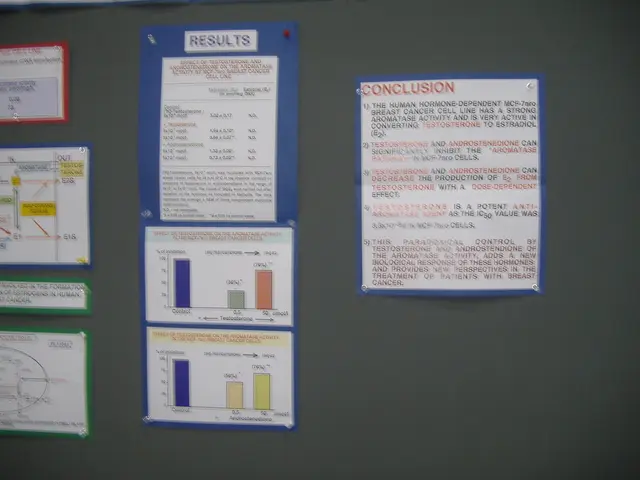Mapping in the Era of Google Maps Dominance
In the world of cartography, the debate between the merits and downsides of paper and digital maps is a hot topic. This discussion is particularly prominent in the work of Mamata Akella, the chief cartographer for digital mapping company Felt and a former president of the North American Cartographic Information Society.
Akella, who has worked on various map projects for clients such as the Smithsonian and the National Park Service, argues that both paper and digital maps have their own unique advantages and disadvantages.
On one hand, Akella advocates for the use of paper maps. She highlights their tangible and easy-to-share nature, as well as their utility for providing an overview and context without the need for zooming. Furthermore, Akella points out that paper maps are often more reliable in areas with limited digital connectivity or power.
However, Akella also acknowledges the downsides of paper maps. She notes that they are static and cannot be updated easily, are bulky compared to digital alternatives, and lack interactive features and personalization.
On the other hand, Akella recognizes the merits of digital maps. She praises their dynamic nature, their ability to be frequently updated with real-time data, and their interactive features like zoom, search, routing, and layers. Digital maps are also portable and accessible on multiple devices.
Yet, Akella also argues that digital maps have their own set of downsides. She focuses on issues related to privacy and data security, as digital maps often require battery and internet connectivity and can track a user's location.
Akella's expertise in both paper and digital map creation, coupled with her extensive career in various roles within the field of cartography, makes her a valuable voice in this ongoing debate. Her work at Felt involves creating maps that cater to specific client needs, demonstrating her commitment to finding the best mapping solutions for a variety of situations.
Gadgets like smartphones and tablets are essential for accessing and interacting with digital maps, amplifying their utility and functionalities. In data-and-cloud-computing driven technology, digital maps can be stored, updated, and shared seamlessly, thereby revolutionizing the way we navigate and explore the world.




